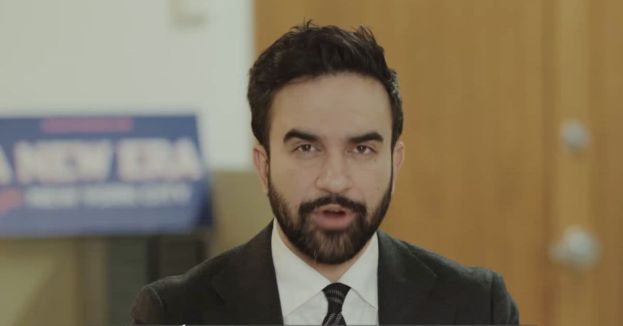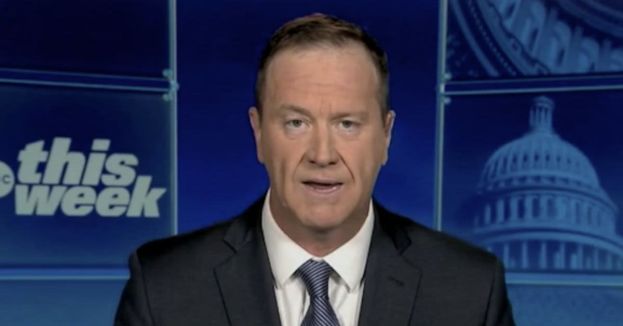
100percentfedup.com
Blue State Ignoring Active Immigration Detainers And Releasing Violent Criminals, ICE Says
According to Fox News, U.S. Immigration and Customs Enforcement (ICE) issued a warning that Illinois officials are putting the public at risk by releasing “violent criminal illegal aliens.”
Todd Lyons, acting ICE director, reportedly said in a letter that Illinois has “tens of thousands of criminal illegal aliens” in custody.
The letter, shared with Fox News Digital, said the individuals committed crimes such as armed robbery, child pornography, rape, and murder.
ICE is WARNING that Illinois officials are releasing violent criminal illegal aliens despite active immigration detainers, a move the agency says is putting the public at RISK.
In the letter shared with Fox News Digital, Todd Lyons, ICE's senior official performing the duties of… pic.twitter.com/gESwhoIPWQ
— Election Wizard (@ElectionWiz) December 8, 2025
Fox News has more:
Lyons said these offenders “should be swiftly removed from the United States … and not be returned to our streets to wreak havoc on law-abiding citizens.”
According to data provided by ICE, Illinois has released 1,768 criminal aliens with active detainers since January 2025. ICE said the crimes tied to those offenders include homicides, assaults, burglaries, weapons offenses and sexual-predatory crimes.
The agency also said another 4,015 criminal aliens with pending detainers remain in state or local custody, including individuals linked to 51 homicides and more than 800 sexual-predatory offenses.
ICE provided a list of some of the detainers that were not honored, requiring federal officers to track down offenders after their release.
The warning follows a similar letter sent to New York Attorney General Letitia James, demanding that she “honor ICE arrest detainers of the more than 7,000 criminal illegal aliens in the state’s custody.”
The 7,000+ “criminal illegal aliens” include “murderers, sexual predators, and those convicted of or charged with weapons offenses,” DHS stated.
Blue State Has Released Nearly 7,000 “Criminal Illegal Aliens,” DHS Says – Demands Attorney General To Turn Over Thousands In State Custody
WHMI shared further:
Some of the offenders were later re-arrested or removed from the United States by ICE, according to the documents.
Lyons cautioned that Illinois’ ongoing refusal to honor immigration detainers "plainly jeopardizes public safety" and asked if the state intends to change course or continue releasing violent offenders who may otherwise "walk the streets of Illinois again."












